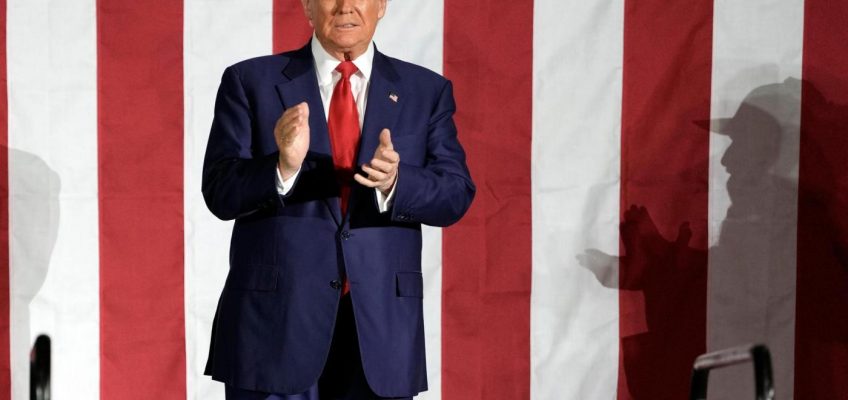FERGUS FALLS, Minn. — It’s a landmark verdict that could have national implications.
A federal jury in Fergus Falls found a global chemical manufacturer partially responsible for the death of a woman from Baudette.
In 2019, 28-year-old Kyle Neumiller killed 42-year-old Cynthia McDougall in a head on crash near Baudette.
Neumiller was sentenced to six years in prison for causing the crash.
Investigators that day noticed Neumiller seemed under the influence of something but all tests came back negative. They later determined he was high by something that a drug test won’t pick up, huffing dust cleaner.
“A can of this is 100 percent the drug,” said Philip Sieff while holding up a can of dust cleaner. He is the lawyer who represented the McDougall family in the case against CRC Industries.
It’s believed Neumiller huffed a can minutes before the crash.
“Holding accountable manufacturers who make this product knowing full well people are using it on a wide scale for purposes of getting high,” Sieff said.
After a 10-day trial and a day of deliberations, a jury found CRC Industries partially responsible. They awarded the McDougall family nearly $8 million.
Similar lawsuits have been settled out of court, but it is believed this is the first time in U.S. history that a jury has held a manufacturer liable in a huffing case.
“If the industry isn’t going to seriouly address this issue I would tell the industry juries are going to do it for them,” said Sieff.
In a statement, CRC Industries vehemently disagreed with the jury’s verdict. “It is unjust to hold a manufacturer accountable for one individual’s deliberate and unlawful misuse of its products (…) We clearly label our products with instructions for safe use and include explicit warnings on the dangers of deliberately inhaling them.”
“It’s a little bit of a Russian roulette because you really don’t know how much it takes to make you pass out,” said Dr. Christopher Boe, who oversees the emergency room at Altru Hospital.
He said huffing has been a major issue for decades and the dangers aren’t talked about enough.
“It’s kind of a like a head rush sensation. It comes very strong and brief,” he said.
Last year, the United States Consumer Product Safety Commission was granted permission to begin working on rules to address duster abuse nationwide. Between 2006 and 2022, more than 1,100 deaths and nearly 29,000 ER visits were linked to huffing.
According to the CPSC, it’s one of the most abused substances by high school students.
A bottle costs just a few bucks and can be found at most stores.
“It sets itself up for misuse because you are always chasing that dragon, so to speak,” Boe said. “You’re only there for a brief time then you want to get back there, so you are constantly doing it.”
“The industry is now on notice that they need to seriously address this problem,” said Sieff.
CRC Industries said they plan to appeal the verdict.
Related Articles
Red Lake woman convicted in girl’s death from starvation, infection from severe lice infestation
Two killed in fatal Wyoming, Minn., crash
Amtrak to add second daily train between Twin Cities and Chicago, via Milwaukee
Worker fatally crushed in southern Minnesota industrial accident
Sentencing postponed for Minnesota man who regrets joining Islamic State group




